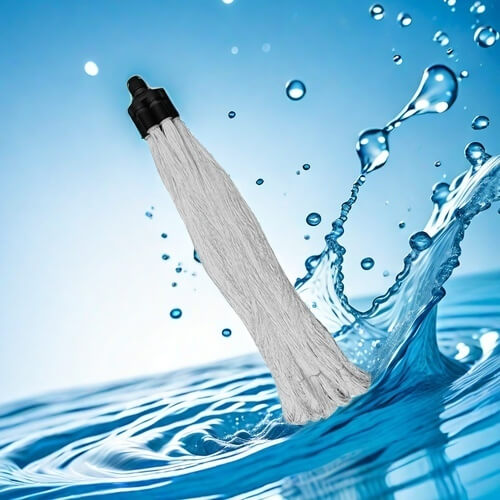Introduction to Air Floatation of Industrial Wastewater
Air flotation is an efficient solid-liquid separation technology widely used in industrial wastewater treatment. The basic principle is to introduce tiny bubbles into the wastewater, which combine with suspended substances in the water, causing them to float to the surface and achieve separation. The following is a detailed introduction to the air flotation method.
The principle of air flotation method
The air flotation method introduces a large number of tiny bubbles into wastewater, causing these bubbles to adhere to solid particles or oil droplets in the wastewater, forming larger floating bodies. As the bubbles rise, solid particles are carried to the surface of the water, forming floating slag, which facilitates subsequent removal
Types of air flotation method
Dissolved air flotation: Air is dissolved in water under pressure, and then bubbles are released by reducing pressure. This method is commonly used to treat oily wastewater and other industrial wastewater.
Fully dissolved air: All air is dissolved under pressure.
Partial dissolved air type: only partially dissolved in air, suitable for different processing needs.
Induced air flotation: using mechanical mixing to introduce air into wastewater, forming microbubbles. Suitable for treating wastewater with high flow rates.

Electrolytic air flotation method: generates tiny bubbles through electrolytic reactions, suitable for treating wastewater containing recalcitrant organic matter.
Application Fields
Petroleum and chemical industry: treatment of emulsions and oily wastewater.
Paper industry: Recycling white water and fibers from paper machines.
Food and slaughter industry: pre-processing procedures.
Urban sewage treatment: removal of suspended solids and concentration of residual sludge
Influencing factors
The efficiency of air flotation method is influenced by various factors, including:
Bubble size: Small bubbles help improve adhesion efficiency, but being too small can affect buoyancy speed.
Wastewater properties: The concentration, type, and surface characteristics of pollutants can all affect the binding ability of bubbles and suspended solids.
Operating conditions: such as temperature, pH value, and the use of additives (such as surfactants)
Advantages and Challenges
Advantages
Efficient removal of suspended solids: capable of effectively removing small particles that are difficult to settle.
Small footprint: The equipment is relatively compact and suitable for places with limited space.
Easy to operate: easy to maintain and manage.
Challenge
Foam stability: it is necessary to control the concentration of surfactant to avoid foam rupture affecting the separation effect.
Equipment investment cost: The initial investment may be high, but the long-term operating cost is relatively low
From the above introduction, it can be seen that air flotation plays an important role in industrial wastewater treatment, and its high efficiency and flexibility make it the preferred technology in various industrial applications.
